- Architecture
Basílica de Santa Maria del Mar, the best example of Gothic architecture in Barcelona.
The Santa María del Mar Basilica was deemed a Good of Cultural Interest on June 3, 1931, but its history goes all the way back to the 14th century.
According to recent studies, construction began in 1329, as commemorated in its façade’s engravings, atop the site of an ancient Roman amphitheatre. Unlike the Cathedral of Barcelona, which was closely tied to the Spanish monarchy, the noble classes, and the high clergy, this basilica belonged exclusively to the parishioners who lived by the city port and in the neighborhood of La Ribera, and who funded its construction either through monetary donations or through their own blood, sweat and tears.
Also known as the Cathedral of La Ribera, its design by Berenguer de Montagut is one of the more perfect examples of Gothic-style architecture, featuring elegant proportions and a relatively short period of construction. Indeed, it took all but 55 years to build the structure, breaking with the traditional construction rhythms of the Middle Ages, wherein which similar structures were erected over the course of centuries. This fact alone makes it possible for the basilica to feature only one architectural style: pure Catalonian Gothic.
Although its construction was complete in 1384, it wasn’t until 1923 that it was given the formal title of Minor basilica, bestowed by Pope Pius XI.
Its structure comprises three tall naves, with sober and extremely tall columns measuring 13 meters, dimensions that remain unsurpassed by any other Medieval structure in the world. This, together with its numerous stained-glass windows, lends the building a sublime spaciousness, elevation, and levity. The stained-glass windows depict classic scenes such as the Ascension, in the Santa Maria Chapel, Maundy in that of San Rafael, as well as the great Rose Window.
On top of all this (literally), the basilica offers amazing panoramic views from its rooftop, giving visitors a true glimpse of the building’s medieval context and the urban structure of the city’s ancient past.
Santa María del Mar in fiction
The Santa María del Mar Basilica makes cameos in various works of fiction, including Ildefonso Falcones’s novel The Cathedral of the Sea and its sequel, The Heirs of the Earth, as well as Carlos Ruiz Zafón’s work, The Angel’s Game.



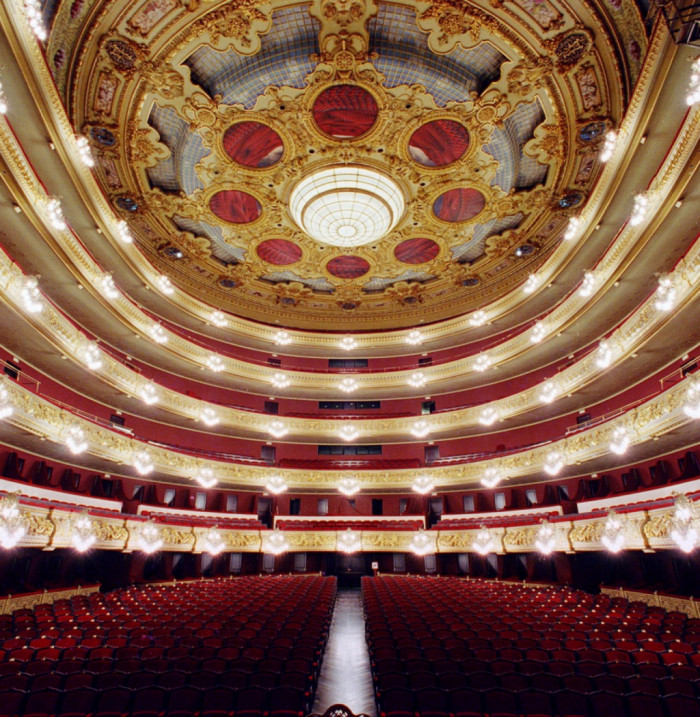
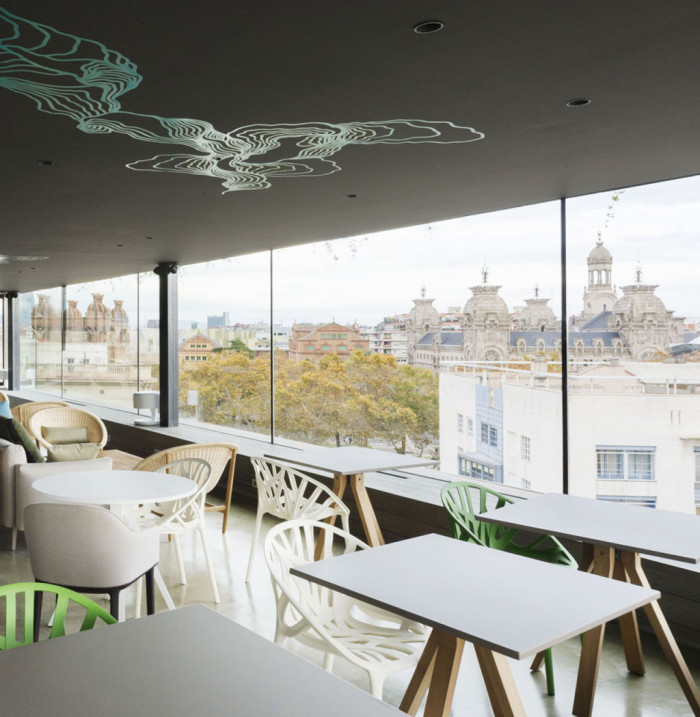
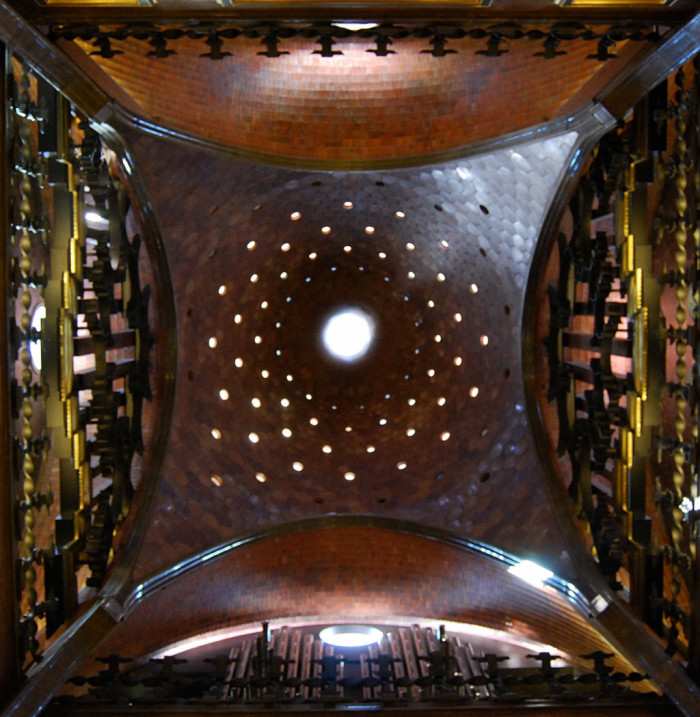
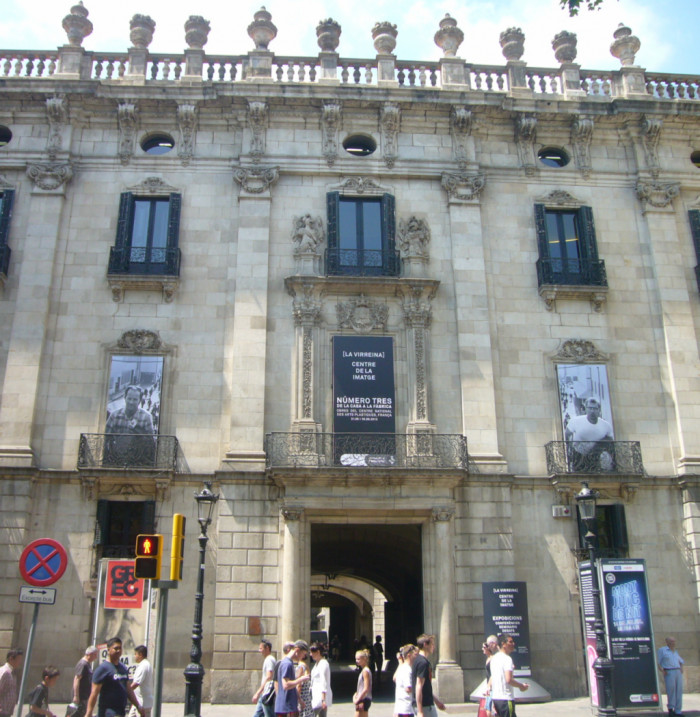

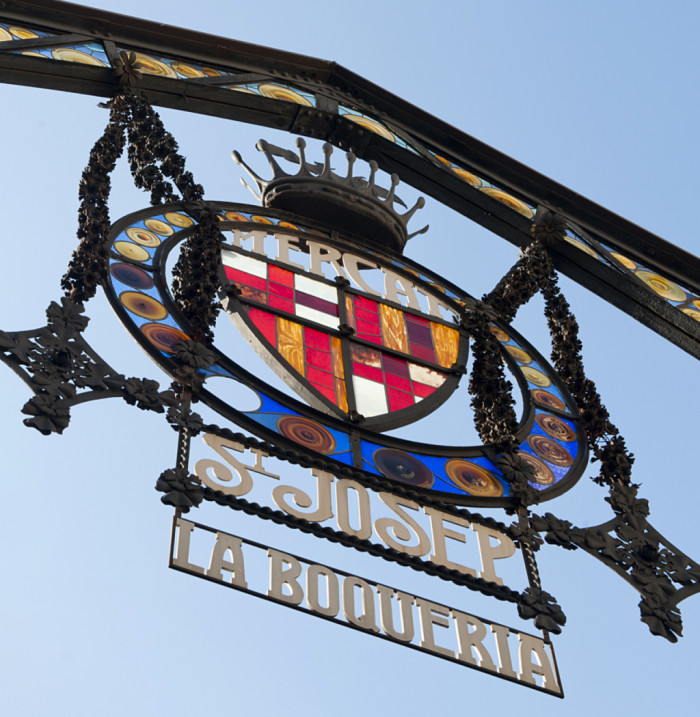

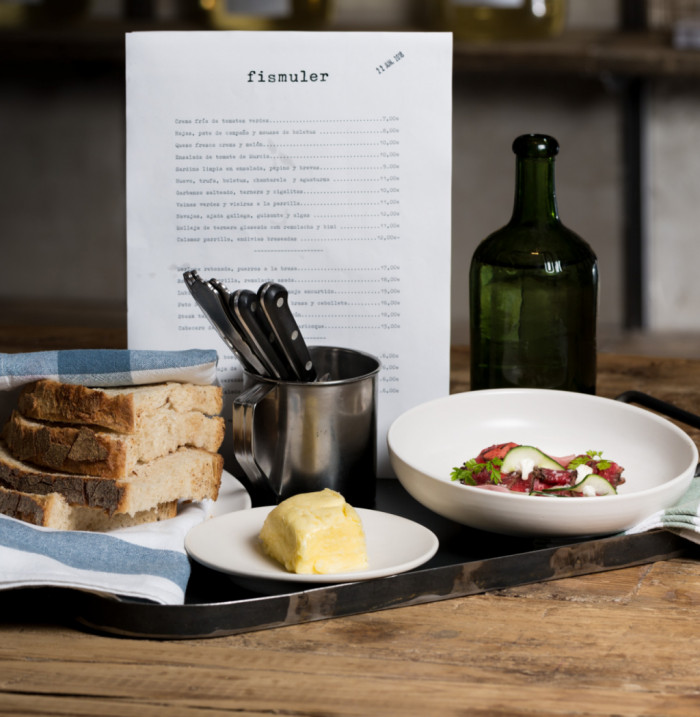
No me canso de visitar esta basílica siempre que paseo por el Borne y alrededores. Fantástica, sobre todo conociendo sus detalles, álgebras y secretos.
No entraré en tecnicismos históricos ni detalles arquitectónicos, (que se pueden encontrar en Internet de personas que son expertas en ello) lo que sí puedo decir es que es de las pocas que quedan que usen velas de cera y son de acceso gratuito (Las visitas guiadas o el acceso a las terrazas son de pago, pero el acceso al recinto es gratuito en según que horarios)
El ambiente, la luz, el olor a cera, la arquitectura, la ligereza y amplitud que transmiten sus 16 columnas de sólo 1,6 metros de diámetro.
No soy creyente, pero me gusta visitar todo tipo de edificios, y este, dentro de su clase, es uno de los más bonitos de España. Mucho más que la catedral de Barcelona, (Catedral de la Santa Creu i Santa Eulàlia) llena de pantallas LED, normas absurdas, velas eléctricas y acceso de pago.
Muy recomendable pasarse y visitarla.
El ingreso es gratuito, recomiendo que antes lean la historia o tenga contacto con alguien de Barcelona para que les cuente. De esa manera se valora realmente esta construcción monumental y al mismo tiempo acogedora. Un rincón bellísimo de Barcelona en un barrio bella y que no cuesta un centavo ir.
No me canso de visitar esta basílica siempre que paseo por el Borne y alrededores. Fantástica, sobre todo conociendo sus detalles, álgebras y secretos.
No entraré en tecnicismos históricos ni detalles arquitectónicos, (que se pueden encontrar en Internet de personas que son expertas en ello) lo que sí puedo decir es que es de las pocas que quedan que usen velas de cera y son de acceso gratuito (Las visitas guiadas o el acceso a las terrazas son de pago, pero el acceso al recinto es gratuito en según que horarios)
El ambiente, la luz, el olor a cera, la arquitectura, la ligereza y amplitud que transmiten sus 16 columnas de sólo 1,6 metros de diámetro.
No soy creyente, pero me gusta visitar todo tipo de edificios, y este, dentro de su clase, es uno de los más bonitos de España. Mucho más que la catedral de Barcelona, (Catedral de la Santa Creu i Santa Eulàlia) llena de pantallas LED, normas absurdas, velas eléctricas y acceso de pago.
Muy recomendable pasarse y visitarla.
El ingreso es gratuito, recomiendo que antes lean la historia o tenga contacto con alguien de Barcelona para que les cuente. De esa manera se valora realmente esta construcción monumental y al mismo tiempo acogedora. Un rincón bellísimo de Barcelona en un barrio bella y que no cuesta un centavo ir.
No me canso de visitar esta basílica siempre que paseo por el Borne y alrededores. Fantástica, sobre todo conociendo sus detalles, álgebras y secretos.